Description
Thyme Seeds for Home Gardening
Thyme is a versatile, aromatic herb with slightly earthy and minty leaves. Known for its striking purple, pink, or white flowers, thyme is excellent for attracting pollinators like bees and butterflies. This low-maintenance, perennial herb is ideal for home gardens and can thrive with minimal care, making it perfect for both novice and experienced gardeners.
Buy Premium Quality Thyme Seeds Online
Purchase top-quality thyme seeds from our store at the best price, with a high germination rate. Grow thyme in your balcony, terrace, or garden and enjoy its culinary and ornamental benefits all year round.
About This Item
- Number of Seeds: 300 Seeds
- Where to Grow: Balcony or terrace garden
- Sowing Season: Winter Season
- Sowing Method: Seedling
- Seed Sowing Depth: 0.5 cm
- Germination Temperature: 15-25°C
- Germination Time: 14-28 days
- Harvesting Period: 60 days from planting
- Edible Part: Leaves
What Size Grow Bag is Best for Thyme?
- 12 x 12 (W*H)
- 15 x 12 (W*H)
- 15 x 15 (W*H)
- 24 x 12 (W*H)
Thyme Growing Season in India
Thyme grows best during India’s cooler months, from late September to early November or late January to early February. These seasons provide the mild temperatures thyme prefers.
How to Grow Thyme in Pots
Thyme seeds can be sown directly or transplanted for better results. Choose a pot or grow bag with dimensions of 30-60 cm wide and 30-36 cm deep, ensuring proper drainage holes. The ideal temperature for germination is 15-25°C.
Thyme Seeds Sowing Method
- Use a seedling tray or small pot filled with a growing medium like coco peat or perlite.
- Spread the thyme seeds and cover them lightly with a thin soil layer.
- Water gently to keep the soil moist and place the tray in a dark area for germination.
- Seeds germinate in 14-28 days.
- Transplant seedlings to larger pots, spacing them 30-60 cm apart for proper air circulation.
Best Fertilizer for Thyme Plants
Thyme thrives in nutrient-poor soil and doesn’t require much fertilizer. Apply a diluted all-purpose fertilizer, such as mustard cake or vermicompost, once a year during spring.
Thyme Plant Care Tips
- Soil: Use well-draining, sandy, or loamy soil. Thyme dislikes rich or overly moist soil.
- Water: Water only when the soil is completely dry, as thyme is drought-tolerant. Overwatering can lead to fungal diseases.
- Sunlight: Provide 6-8 hours of direct sunlight daily. Indoors, place thyme near a sunny windowsill.
- Temperature: Best growth occurs between 18-30°C.
- Common Pests and Diseases: Thyme is resistant to most pests but can suffer from root rot in wet soil.
Pruning and Mulching
- Prune thyme every spring and summer to encourage growth and maintain shape.
- Mulch with dry leaves, straw, or grass to protect plants in colder climates.
Harvesting Thyme Leaves
- Thyme is ready for harvesting 2 months after planting.
- Use scissors to cut young, tender leaves before flowering for the best flavor.
- Regular harvesting encourages further growth.
Thyme Plant Special Features
- Common Names: Thyme, Common Thyme
- Scientific Name: Thymus vulgaris
- Height: 15-30 cm
- Companion Plants: Cabbage and Tomatoes
- Flower Colors: Purple, Pink, or White
- Growing Level: Easy
FAQs
Does thyme come back every year?
Yes, thyme is a perennial herb that regrows yearly and can last for 3-5 years or more.
Why are my thyme seeds not germinating?
Improper conditions like insufficient sunlight, deep sowing, overwatering, or underwatering can affect germination.
Note: Images are for reference only. Actual products may vary in shape or appearance depending on climate, age, and height.


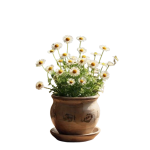
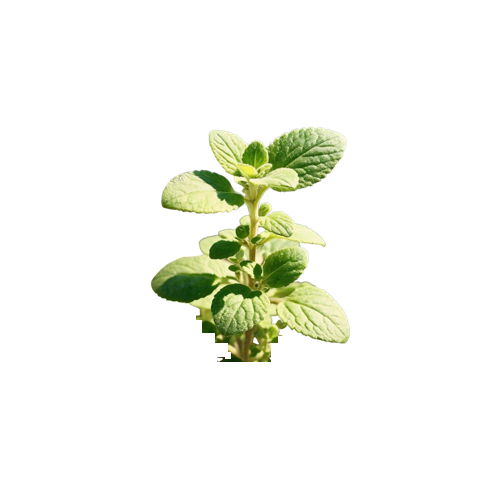
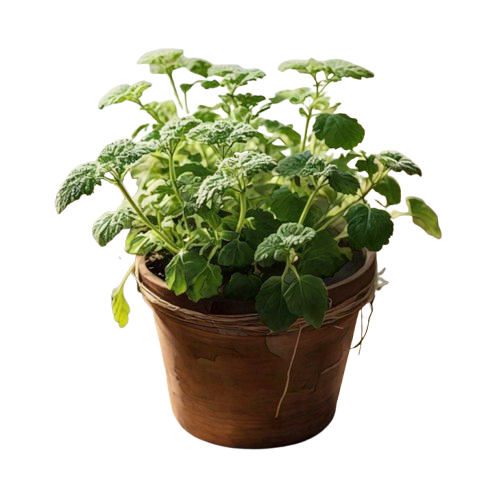
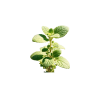
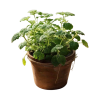

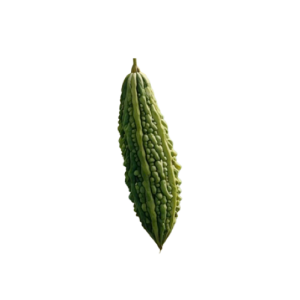
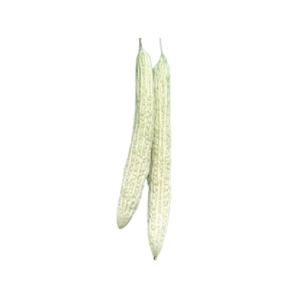

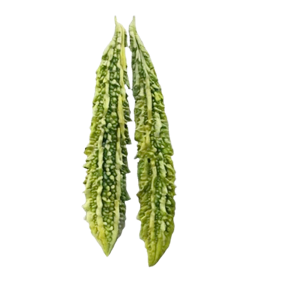
Reviews
There are no reviews yet.